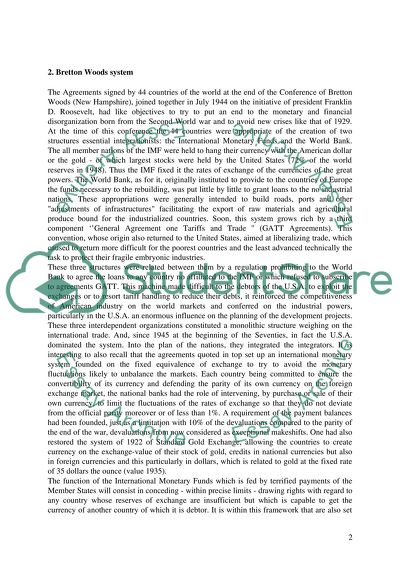Cite this document
(“Bretton Woods system Essay Example | Topics and Well Written Essays - 2000 words”, n.d.)
Bretton Woods system Essay Example | Topics and Well Written Essays - 2000 words. Retrieved from https://studentshare.org/miscellaneous/1532314-bretton-woods-system
Bretton Woods system Essay Example | Topics and Well Written Essays - 2000 words. Retrieved from https://studentshare.org/miscellaneous/1532314-bretton-woods-system
(Bretton Woods System Essay Example | Topics and Well Written Essays - 2000 Words)
Bretton Woods System Essay Example | Topics and Well Written Essays - 2000 Words. https://studentshare.org/miscellaneous/1532314-bretton-woods-system.
Bretton Woods System Essay Example | Topics and Well Written Essays - 2000 Words. https://studentshare.org/miscellaneous/1532314-bretton-woods-system.
“Bretton Woods System Essay Example | Topics and Well Written Essays - 2000 Words”, n.d. https://studentshare.org/miscellaneous/1532314-bretton-woods-system.


